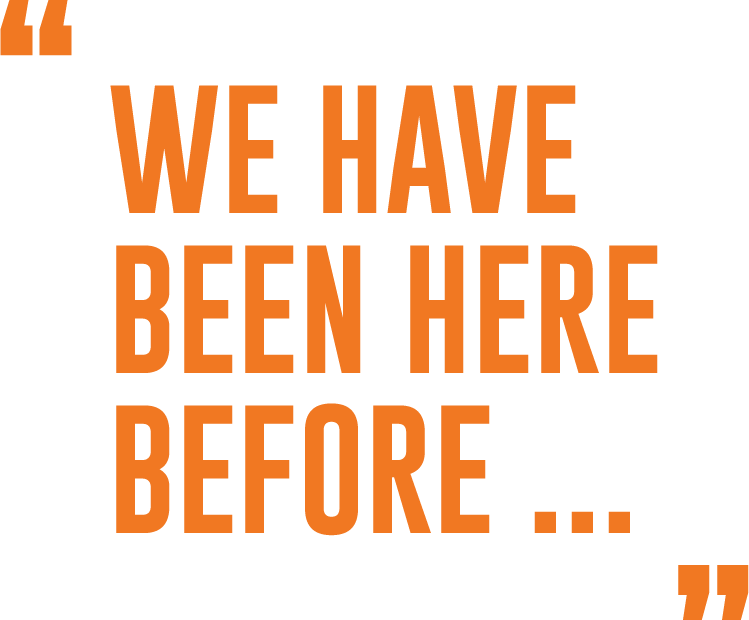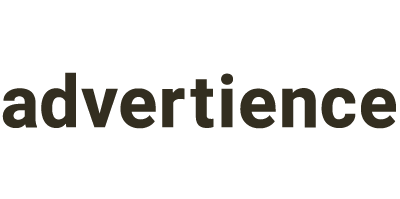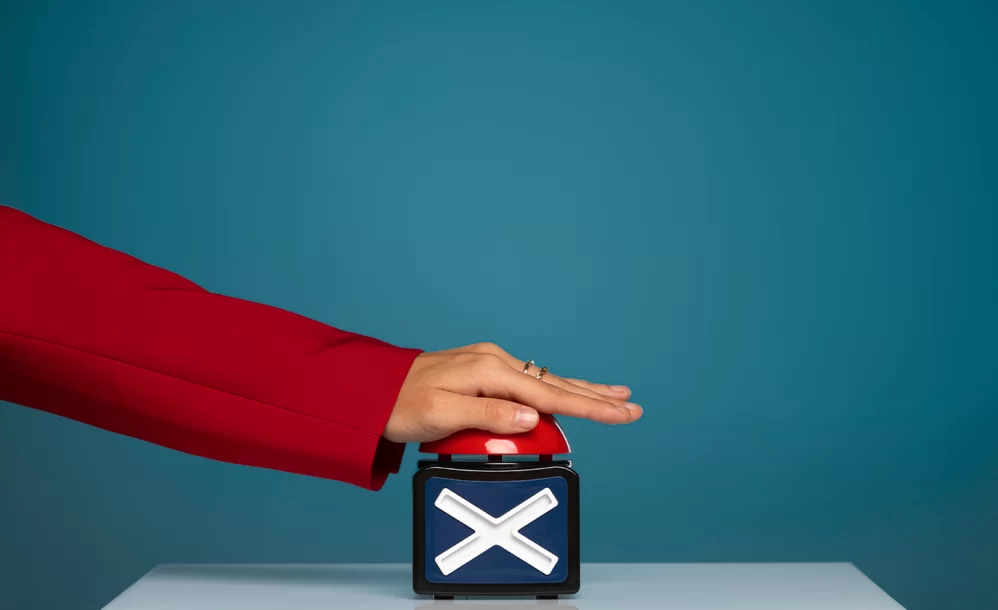Advertising During Difficult Times
By Raymond Reid (CEO) | March 18, 2020 | Opinion
Navigate COVID-19 with effective advertising strategies backed by historical data. Contact us for guidance. Stay Safe. Act Responsibly.

The events that are affecting us now are well underway, and, thankfully, we are starting to take the necessary steps to mitigate any further spread of the virus. The acute impacts of COVID-19 will be difficult for us all, but they will be short-term. This, too, shall pass, and it is this thought that I wish to address. We have been here before. In fact, history all but guarantees that we will, be here again – unfortunately. Yet, if we learn the lessons that these events have borne, there will be a tomorrow.
While it may be hard to set aside the emotional impacts of the current events and the wall-to-wall coverage of COVID-19, as marketers we must address the appropriateness of the moment, but also address ‘the tomorrow’. As a marketer and advertising professional, I have a vested interest in managing the COVID-19 impacts on our business and our clients. Therefore, at the risk of appearing self-serving, I’ll let data make the case for how to approach the current circumstances:
1920’s
Advertising Executive, Roland S. Vaile, tracked 200 companies through the recession of 1923. He reported in the April 1927 issue of the Harvard Business Review that companies who continued to advertise during the economic downturn were 20% ahead of where they have been before the recession, while companies that reduced advertising remained in recession, 7% below their 1920 levels.
1940’s- 1960’s
Buchen Advertising tracked advertising dollars vs. sales trends for the recessions of 1949, 1954, 1958 and 1961. They found that sales and profits dropped for the companies who cut back on advertising. These same companies lagged behind the ones that maintained their ad budgets after the recession had ended.
1970’s
An American Business Press study showed that companies who advertise and market aggressively can maintain and increase sales during a recession and in the following years.
1980’s
McGraw-Hill Research analyzed 600 B2B companies and found that those who maintained or increased advertising, grew significantly during the recession and for the following three years. In fact, by 1985, sales of companies that advertised aggressively had grown 275% over those that did not.
1990’s
A MarketSense study concluded that the best strategy for coping with a recession is to balance long-term branding with promotion for short-term sales. The study shows brands like Jif and Kraft Salad Dressing experienced sales growth of 57% and 70%, respectively, after increasing their advertising during the recession.
In addition, the following article from Forbes magazine (October 2019 edition) regarding lessons learned through the impacts of recessions, leaves no doubt that the current health crisis will in fact lead to a recession.
Forbes: When A Recession Comes, Don’t Stop Advertising
Finally, former Chairman and CEO, A.G. Lafley, of Procter & Gamble in 2008 said, “In tight economic times many companies pull back on advertising as a cost-cutting measure. This creates an opportunity for us to buy more media at a lower cost and increase our share of voice.” As a business, Proctor & Gamble, who has weathered many economic, health, and societal impacts, will probably benefit the most from the current crisis as a result of heightened toilet paper and paper towel purchasing behavior. So do not be surprised if you see an increase in frequency of tissue paper advertising across your various media channels. Think what you will of P&G; however, after more than 100 years of data to support their decisions, perhaps there is a lesson for the rest of us.

A RX for Uncertain Times
So, what are brands to do during these difficult times? Well fortunately, with the many tools and resources at our disposal, we are probably in the best position thanever to weather such serious circumstances as we are in today. But with that said, there are still some basic guidelines to follow:
- Recognize the impacts that short-term thinking, driven by the emotions of the crisis situation, can have on long-term sustainability and ability to recover.
- Strategically assess the media channels and placements to determine where your brand should and should not be. Brand Safety now includes the appropriateness of where your brand is in relation to the current crisis in order to be responsible but not tone deaf.
- Adapt – not limit, or even more so eliminate – current advertising strategies and tactics:
- Modify messaging to the appropriateness of the current circumstances.
- Revisit Call-To-Actions (CTAs) to empower audiences, not push them (i.e. “Learn More”).
- Focus on Brand creative and narratives. This is not the time to be a pushy salesperson, but to simply remind consumers that you are ‘here’ – this will help to fill the long-term pipeline.
- Adapt and monitor Social Media to reflect messaging of Social Responsibility, particularly that of influencers.
- Monitor and analyze consumer engagement with your brand across Paid, Earned, and Owned channels to ensure timeliness of responses to questions and concerns.
- Leverage your Google Analytics 4 (GA4), or other web analytics platform, to understand the impact the current crisis is having on your business and adapt content, targeting, and audience accordingly.
These are a few (but by no means an exhaustive list) suggestions that I am sure others can build upon to help provide guidance through these difficult times. It is our hope that this crisis is short-lived. Although we may not be able to minimize the pain that it is and will cause, we hope this will help provide a road forward as, and when, this will pass.
Wishing you all a safe passage – see you on the other side.
PS. Not all heros wear capes : be a hero – Stay Home, Stay Safe, Stay Distant!
Sincerely,
Raymond Reid
Founder | CEO, advertience Inc.




